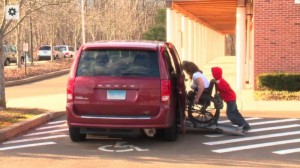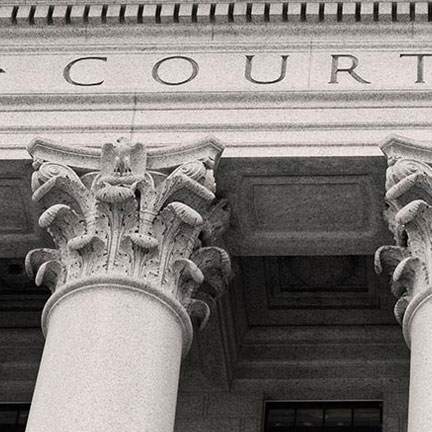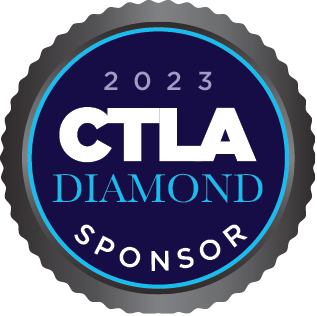
She has a story – choose the right video company to tell it.
Not everyone with a camera can produce a video that will stand up in court. Video prepared for litigation has the Rules of Evidence to consider. A firm that specializes in legal video production will provide a level of service far different than the videographerwho takes on a “legal job” to fill in the time between weekend wedding gigs or “other stuff.” A legal specialty company should ask you a number of probing questions to help determine what you need, and most importantly, what it will cost.
The following will help you make the right choice as you plan your litigation video.
Is your video a deposition?
This means that someone (usually a court reporter) must be on hand to swear in the witness and create the transcript. Today’s litigation videographers work closely with court reporters to provide such services as real time transcription and CD synchronization of the video and text. Scheduling the video deposition should include planning for the videographer to arrive about one hour earlier to be set up and ready when all parties arrive.
The videographer should assure you that there are simultaneous recordings in case of technical failure, and that there is an archive system in place. They should be able to see the job through, providing copies and the flexibility to edit and play it back in court on YOUR schedule.
Is the video for use at trial or will it be used for settlement negotiations?
This is a very important distinction when scheduling a video that is not a deposition. Video prepared for trial must conform to the rules of evidence. However, video designed for use in settlement negotiations can be created with persuasion in mind.
If it is a trial video, is it a Day in the Life documentary, or is it demonstrative evidence?
The Day in the Life documentary is a carefully prepared video of the condition of the plaintiff at a given point in time. It is generally recorded in one day and is well-crafted to both tell the story and meet the rules of evidence. Demonstrative evidence may include, but is not limited to, a simple recording of a therapy session, an actual or animated accident reconstruction, an interview, a site survey and more.
If it is a settlement video, will it cover liability as well as damages?
Successful settlement videos can be designed to tell the entire story of the case or they may be limited to a compelling re-telling of the damages suffered. If liability is included, the resulting video is more comprehensive, often requiring a narrative to be drafted by the attorney and then turned into script format by the production company.
Be prepared to discuss resource material with the video producer. Evidence such as 911 recordings, accident photos and family photos provide a creative producer with a wealth of material to prepare a comprehensive and effective program. If 3D animation is considered or recommended, provide police diagrams and reports; connect the motion graphics artist with the engineer.
Are you comfortable with how you are treated as a prospective client?
Some video companies have a casual approach to business and their clients. If your calls are not returned within 24 hours, your emails are lost and the above questions are not addressed, we suggest you continue searching.
******
At Geomatrix, we make the video production process simple, with a laser focus on your goals and objectives. For over 35 years, we have approached each case as unique, understanding key messaging and nuances, while applying tried and true techniques.
Call us about your next case. We’d love to brainstorm with you.




